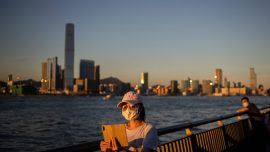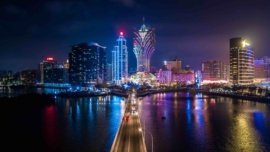Transport problems are well known in Macau.
The quality of services provided by the three public transportation companies is not exactly laudable. Poorly trained drivers continue to be the rule, rather than the exception, making users’ lives a bit unpleasant every day.
Then, there is noise, lots of it, generated both inside and outside the vehicles.
Announcements of stations and instructions for better use of public transport playing inside the buses are frequent and unnecessarily loud. Outside, the engines can be deafening. Not to mention the honking, which has become routine.
The whole picture is not flattering.
On the other hand, we could argue that taxi services have improved a tiny thread, with more cars around and more drivers willing to pick up residents. But customer relations are still a bit far from being satisfactory.
These lead us to the problem of the types of transport themselves, and ways of integrating them in a more efficient manner. So, it is a talk about solutions, for a change.
Here it is tempting to compare Macau’s system with Hong Kong’s. Differences in size notwithstanding, the development of the local LRT is an indication that there is a will to provide a multi-modal, hopefully integrated, service to local users, residents and tourists alike, emulating the neighbouring city. At least as inspiration.
Business Daily found out last week that the government is currently mulling the possibility of adding an LRT segment between Pac On and the Border Gate. Regardless of the fact that the new segment may or not be added, there is no reason for it to delay completion of other segments. That said, these might take some time anyways.
The government expects to launch the Taipa LRT line only in 2019, with the Macau sub-system having no scheduled date as yet.
With the LRT conclusively far from being a reality any time in the near future, we are but to rely on the good old bus type for public transportation for the few years to come.
Working to improve what is already at hand seems to be a sound strategy for coping with the problem – never mind ideas such as creating separate bus companies for residents and non-residents.
Solutions can be simple. On the one hand, betting on training and hiring more people if necessary. On the other, taking seriously into consideration the implementation of green energy. The latter would improve noise emissions and reduce air pollution immediately. And would open up opportunities for new businesses.























